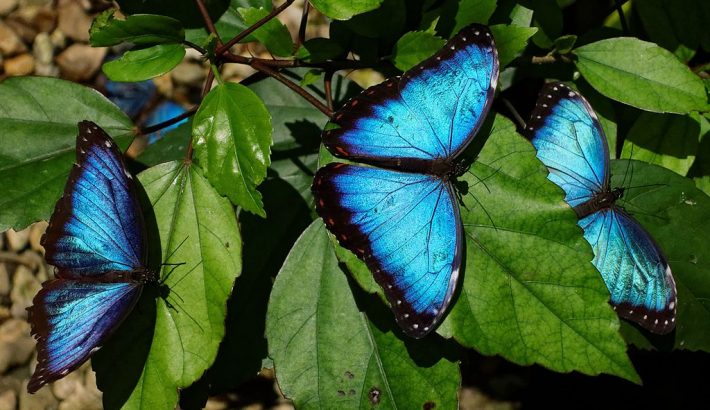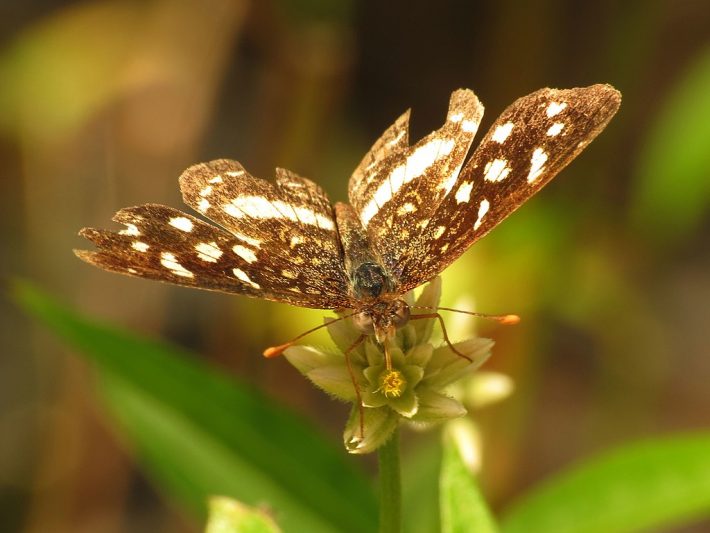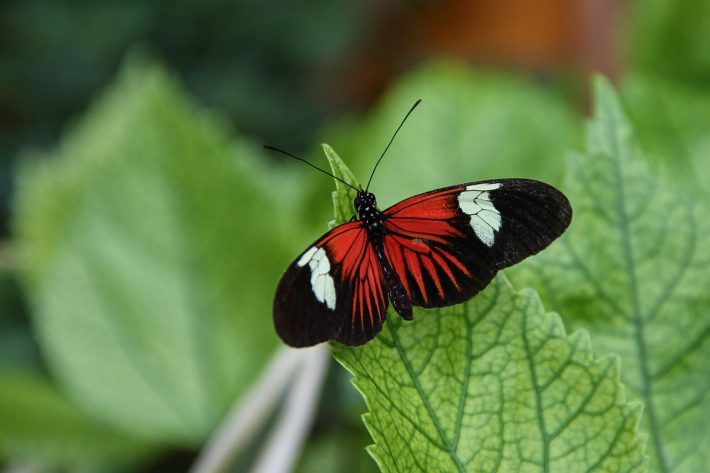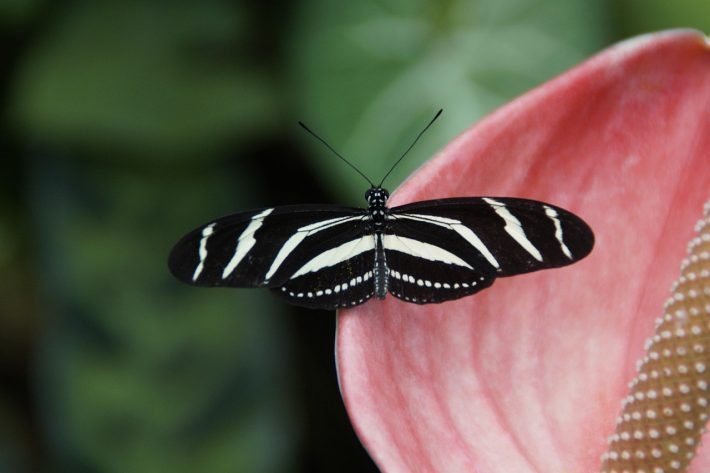A new University of Cambridge study reveals the traits that can help certain butterfly species withstand our world's rising temperatures.

The family, wing length and wing colour of tropical butterflies influences their ability to tolerate higher temperatures according to new research published in Journal of Animal Ecology. Scientists believe that this new discovery could ultimately help to identify species that are under threat from climate change.
The study revealed that butterflies with smaller or lighter coloured wings are likely to be worse off in our climate crisis compared to bigger, darker coloured species. In particular, the Lycaenidae family, containing over 6000 species mainly residing in the tropics, will be especially vulnerable.
However, larger or darker coloured butterflies are still at risk from climate related declines. They may experience dramatic declines from sudden heatwaves, or loss of cool microclimates due to deforestation, according to the researchers.

How do tropical butterflies cope with heat?
Tropical butterflies have 2 main ways of dealing with heat:
- Thermal buffering – These are behaviours that enable butterflies to maintain a steady bodily temperature against fluctuating air temperatures. For example, flying to a shaded area.
- Thermal tolerance – These are butterflies natural, physiological abilities used for preventing overheating. For example, the production of heat shock proteins that keep their bodies functioning when it's hot.
Both of these strategies are needed to help butterflies cope with climate change, however, thermal buffering techniques aren't always possible to use. Deforestation leading to a potential lack of forest cover means that tropical butterflies may have to rely on physiological thermal tolerance methods.
The study which looked at the heat protection methods of tropical butterflies was carried out in Panama as a collaboration between the University of Cambridge and the Smithsonian Tropical Research Institute.
To assess thermal buffering abilities, scientists took the temperature of over 1000 different butterflies and compared each temperature to that of the surrounding air, or the vegetation the butterfly perched on. To assess thermal tolerance, a few butterflies were places in a glass jar within a water bath with a steadily increasing temperature. Their thermal tolerance was defined as the temperature at which the butterfly could no longer function.

What did the scientists discover?
The results of these experiments provided a variety of conclusions about different kinds of butterfly characteristics. Generally, a trade-off in terms of their cooling strategies was observed. Those that were good at thermal buffering had less thermal tolerance, and vice-versa.
Butterflies with large wings tended to have better thermal buffering ability, but a lower thermal tolerance compared to small butterflies.
Lead author Esme Ashe-Jepson explained "Butterflies with physical characteristics that could help them to avoid heat – like having large wings to fly to shade quickly – rarely experience high temperatures. Therefore, they have not evolved to have a high level of thermal tolerance." This leaves them at risk when the plants used for shade may not be there in the future.
Butterflies with dark wings were found to tolerate heat better than those with pale wings. But on the other hand, butterflies from the Lycaenidae family with small, bright wings, had the poorest thermal buffering and thermal tolerance abilities. If temperatures continue to rise alongside deforestation and loss of cool microclimates, researchers say there is a very real threat that we could lose many species in this family.

"Ultimately, all insects across the world will likely be affected by climate change," continues Ashe-Jepson. "Adaptation to climate change is complex and can be impacted by other factors such as habitat destruction. Therefore, we need to address these two global challenges together."
Further research is needed to investigate the effect a warming climate may have on other life stages of butterflies, such as caterpillars and eggs, and other insect groups.
Article adapted from a University of Cambridge press release.






